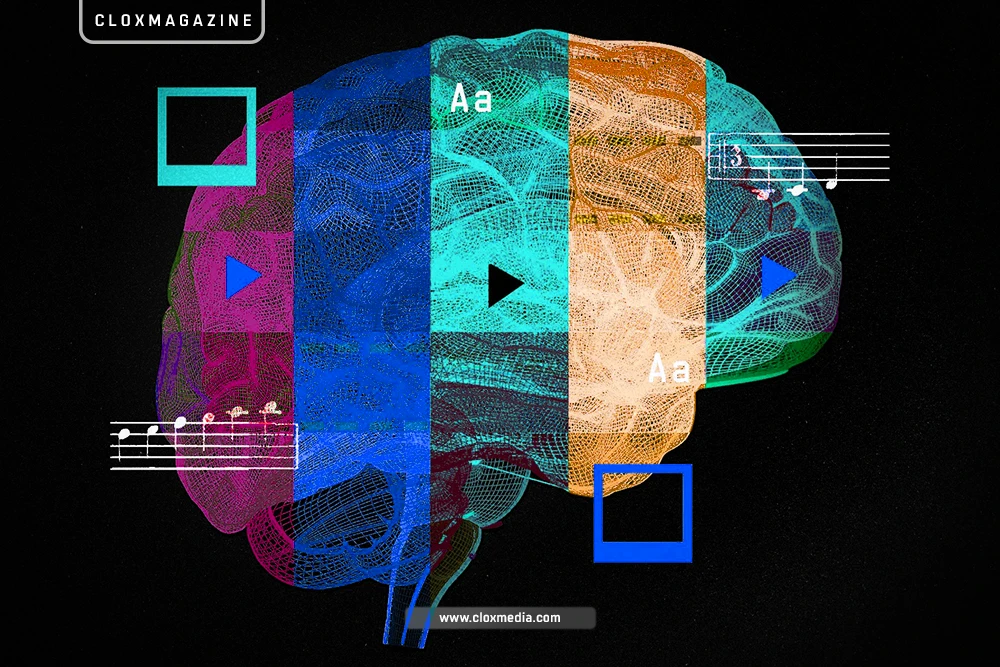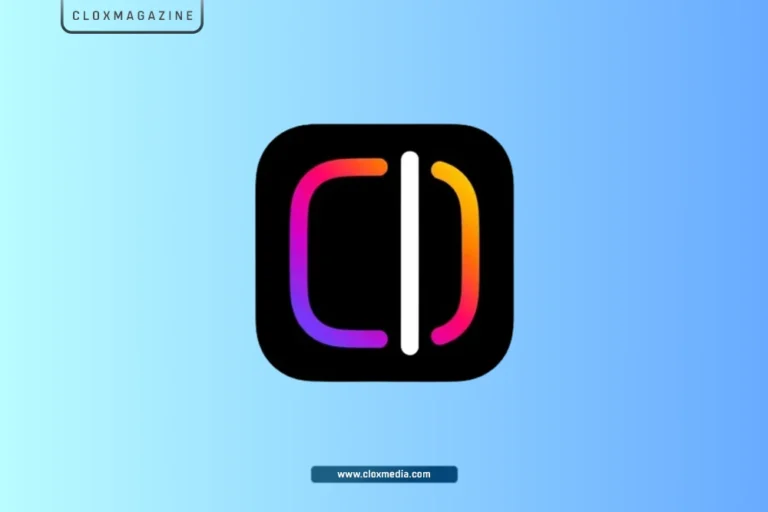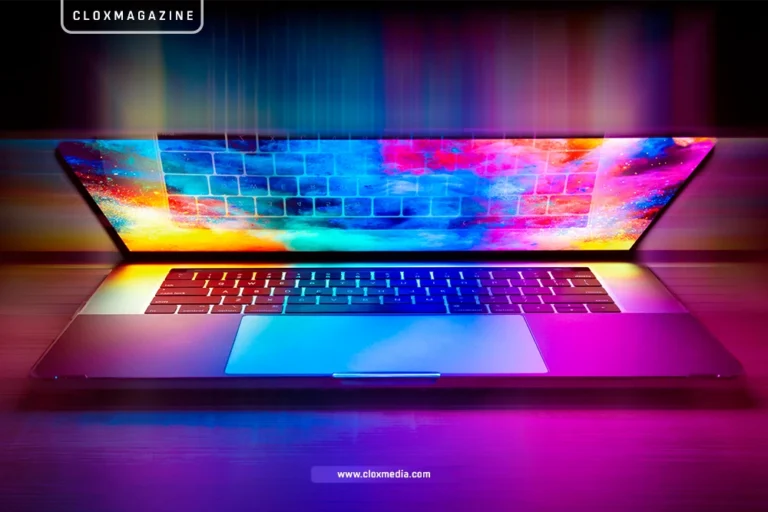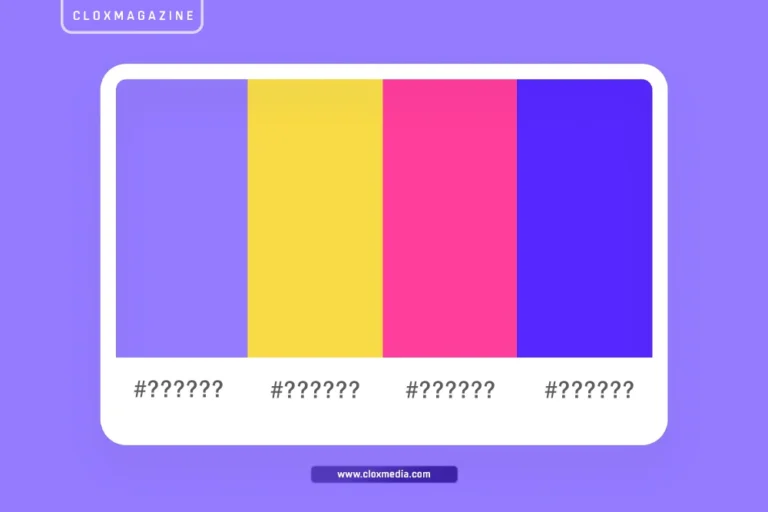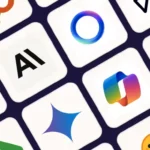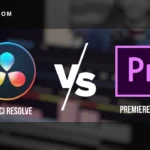The future of media isn’t coming… it’s already here. And it’s more extraordinary than most people realize.
Amir H. Ghaffary
Imagine opening your phone tomorrow morning and having an AI create a personalized news broadcast just for you, featuring your favorite anchor’s voice discussing exactly the topics you care about. Or picture watching a movie where you can change the ending in real-time, with AI seamlessly generating new scenes that match the original actors’ performances perfectly.
This isn’t science fiction. These technologies are being developed right now, and they’ll be mainstream within the next five years.
The Quiet Revolution Happening Behind Your Screen:
While most people debate whether AI will take over the world, a quieter revolution is unfolding in media studios, newsrooms, and content creation spaces worldwide. The convergence of artificial intelligence and media technology is creating possibilities that would have seemed magical just a few years ago.
Think about how Netflix already knows what you want to watch before you do. Now multiply that predictive power by a thousand, and add the ability to create content on demand. That’s where we’re headed.
1. AI-Generated Video: From Text to Hollywood-Quality Content
What it is: Advanced AI systems that can create professional quality video content from simple text descriptions.
Why it matters: Today, creating a 30-second commercial might cost $50,000 and take weeks. By 2028, you’ll type “Create a sunset beach scene with a couple walking hand-in-hand” and get broadcast-quality footage in minutes for virtually nothing.
Companies like Runway and Pika are already producing AI videos that fool most viewers. But here’s the fascinating part: the technology isn’t just getting better; it’s getting exponentially more accessible. What required million-dollar studios last year can now be done on a laptop.
The real impact: Small businesses will compete with major brands in video marketing. Independent filmmakers will create feature films with budgets smaller than a wedding video. The barrier between having an idea and bringing it to life is disappearing.
2. Voice Cloning and Synthetic Media: Your Digital Twin
What it is: AI that can perfectly replicate anyone’s voice, speaking style, and even video appearance from just a few minutes of sample content.
The magic behind it: These systems analyze the unique patterns in how you speak; not just your voice, but your rhythm, pauses, and emotional inflections. They’re learning to capture the essence of human communication.
ElevenLabs can already clone a voice so accurately that it’s indistinguishable from the original. But the next leap is happening now: AI that can make that cloned voice say anything while maintaining the speaker’s natural emotional range and speaking patterns.
What this means for you: Podcasters will never worry about sick days again. Authors will narrate their own audiobooks in multiple languages they don’t speak. News anchors will deliver personalized broadcasts to millions of viewers simultaneously.
But here’s the deeper implication: we’re approaching a world where the line between authentic and synthetic content becomes invisible to most people. This isn’t inherently good or bad—it’s a fundamental shift in how we understand media authenticity.
3. Real-Time Content Personalization: Every Experience Unique
What it is: AI systems that modify content in real-time based on who’s watching, their mood, preferences, and even biometric data.
Imagine watching the same movie as your friend, but the AI adjusts the pacing for your attention span, changes the music to match your taste, and even modifies dialogue to include references you’ll understand. You’re both watching “the same” movie, but having completely different experiences.
The technology: Advanced machine learning algorithms are already analyzing your viewing patterns, pause points, and engagement levels. The next step is using this data to modify content dynamically.
Spotify does this with music; creating unique playlists for each user. Now imagine that level of personalization applied to every piece of media you consume.
The bigger picture: We’re moving toward a world where mass media becomes individually crafted media. Every news article, every video, every social media feed becomes a unique creation tailored specifically for you.
… All ADS on this platform are served by GOOGLE …
4. Interactive Storytelling: You Become the Director
What it is: AI-powered systems that let audiences influence and change narratives in real-time while maintaining story coherence.
Netflix’s “Black Mirror: Bandersnatch” was just the beginning. The next generation of interactive content will use AI to generate new story branches on the fly, creating narratives that adapt to your choices while maintaining character consistency and plot logic.
How it works: Advanced language models understand story structure, character development, and narrative flow. They can generate new scenes, dialogue, and plot developments that feel natural and intentional, even though they’re created in response to your decisions.
The transformation: Stories stop being fixed experiences and become living, breathing narratives that grow and change. Every viewer creates their own version of the story, but it still feels like a professionally crafted narrative.
5. Automated Content Creation: The Rise of AI Journalists and Creators
What it is: AI systems that can research, write, and produce complete pieces of content with minimal human oversight.
The Associated Press already uses AI to write thousands of news articles every day. But the next wave goes far beyond simple reporting—AI is learning to conduct interviews, analyze complex topics, and even develop unique editorial perspectives.
The breakthrough: These systems are becoming genuinely creative. They’re not just recombining existing information—they’re drawing connections, developing insights, and creating original perspectives on events and ideas.
What this enables: Local news stations will provide 24/7 coverage with AI reporters covering every community event. Niche topics will get the detailed coverage they deserve because AI can economically produce content for any audience size.
The implications are profound: information becomes more abundant and accessible, but the role of human judgment in curating and contextualizing that information becomes more crucial than ever.
6. Immersive Media Experiences: Beyond Virtual Reality
What it is: AI-enhanced environments that respond to your presence, emotions, and actions to create fully immersive media experiences.
Think beyond VR headsets. Imagine walls that become windows to other worlds, responding to your gaze and gestures. AI that reads your emotional state and adjusts the environment accordingly—making a scary movie more or less intense based on your comfort level.
The technology convergence: AI, computer vision, spatial computing, and advanced displays are combining to create environments that feel truly alive and responsive.
The experience: You don’t just watch content—you inhabit it. The content watches you back, learning and adapting to create the most engaging experience possible.
7. Predictive Content Creation: AI That Knows What You Want Before You Do
What it is: Systems that analyze global trends, individual preferences, and cultural patterns to create content that will be popular before anyone asks for it.
This goes beyond recommendation algorithms. We’re talking about AI that can predict cultural moments, create content that will resonate with specific communities, and even anticipate social movements through media.
The mechanism: By analyzing vast amounts of social data, conversation patterns, and emerging trends, AI can identify what people will want to see weeks or months before they realize it themselves.
The result: Content that feels eerily perfectly timed, media that captures the zeitgeist with supernatural accuracy, and stories that speak to needs you didn’t know you had.
… All ADS on this platform are served by GOOGLE …
The Human Element: What Remains Irreplaceable
Here’s what the doomsayers miss: as AI handles more of the technical aspects of content creation, human creativity becomes more valuable, not less.
The future belongs to people who can:
- Ask the right questions of AI systems
- Provide emotional and cultural context that resonates with human experiences
- Make ethical and aesthetic judgments about what should be created
- Connect with audiences on a genuinely human level
AI will handle the “how” of content creation with increasing sophistication. Humans will focus on the “why” and “what” with greater impact than ever before.
The Timeline: When Will This Become Reality?
2025-2026: Basic AI video generation becomes mainstream. Voice cloning is indistinguishable from originals. Personalized content starts appearing on major platforms.
2027-2028: Interactive storytelling goes mainstream. AI journalists become common. Immersive media experiences launch in major markets.
2029-2030: Predictive content creation reaches sophistication. The line between human and AI-created content becomes largely irrelevant to most consumers.
What This Means for You
Whether you’re a content creator, business owner, or just someone who consumes media, these changes will affect your daily life:
For Creators: The barrier to professional-quality content disappears. Your ideas become more important than your technical skills or budget.
For Businesses: Customer communication becomes more personal and effective. Marketing becomes more like having a conversation than broadcasting a message.
For Everyone: Media becomes more personalized, more responsive, and more abundant. But the ability to think critically about what you consume becomes more important than ever.
The Bottom Line
We’re not just getting better tools for creating media—we’re fundamentally changing what media can be. Content is becoming dynamic, responsive, and personalized in ways that transform it from something we consume to something we experience and interact with.
The question isn’t whether these technologies will arrive—they’re already here and improving rapidly. The question is how we’ll use them to enhance human connection and understanding rather than replace it.
In a world where AI can create any content we can imagine, the most valuable skill becomes knowing what’s worth creating and why. The future of media isn’t about AI versus humans—it’s about AI amplifying human creativity and intention in ways we’re only beginning to understand.
The revolution is happening now. The only question is whether you’ll be watching from the sidelines or helping to shape what comes next.
CLOXMAGAZINE, founded by CLOXMEDIA in the UK in 2022, is dedicated to empowering tech developers through comprehensive coverage of technology and AI. It delivers authoritative news, industry analysis, and practical insights on emerging tools, trends, and breakthroughs, keeping its readers at the forefront of innovation.

… All ADS on this platform are served by GOOGLE …

